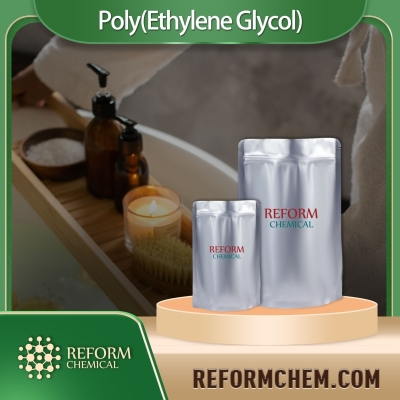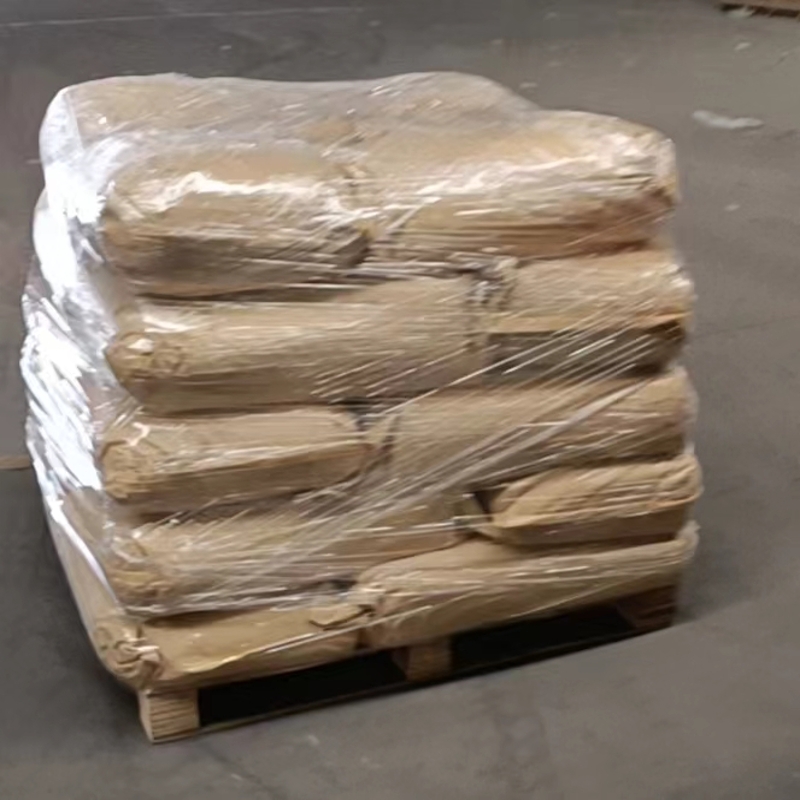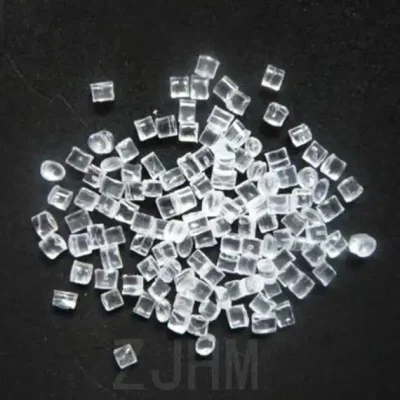-
Categories
-
Pharmaceutical Intermediates
-
Active Pharmaceutical Ingredients
-
Food Additives
- Industrial Coatings
- Agrochemicals
- Dyes and Pigments
- Surfactant
- Flavors and Fragrances
- Chemical Reagents
- Catalyst and Auxiliary
- Natural Products
- Inorganic Chemistry
-
Organic Chemistry
-
Biochemical Engineering
- Analytical Chemistry
-
Cosmetic Ingredient
- Water Treatment Chemical
-
Pharmaceutical Intermediates
Promotion
ECHEMI Mall
Wholesale
Weekly Price
Exhibition
News
-
Trade Service
1.
1.
Ordinary light waves are rays that vibrate in various directions, and their vibration directions are in an infinite number of planes perpendicular to the direction of light propagation
Figure 2-4 Natural light map
Figure 2-5 Polarized light diagram
2.
The property of a substance to rotate the vibration direction of polarized light is called the optical rotation of the substance
Certain organic substances (such as sucrose , glucose , amino acids and other compounds containing chiral isomers) can rotate polarized light by a certain angle.
3.
The degree of optical rotation mainly depends on the molecular structure of the optically active material, and is also related to the wavelength (λ), temperature (t) of the light source, the concentration of the solution, the thickness of the liquid layer (d) and the type of solvent
To facilitate comparison of different optical materials, usually predetermined measurement sodium D line light (wavelength 589.
Specific rotation of pure liquid:
Specific rotation of the solution:
Wherein a-- optical rotation was
p——The density of the liquid at 20℃, g/mL
c——The mass of optically active substance per milliliter of solution, g/mL
d——The length of the polarimeter (liquid layer thickness), dm
20—Measured temperature, ℃
s——The solvent used (if the specific rotation of the solution is not marked, it means that the solvent is water)
Because the specific rotation [a] λ t is known under certain conditions , and d (the thickness of the liquid layer or the length of the optical tube) is constant, the concentration c in the solution of the optically active substance can be calculated by measuring the optical rotation
4.
After the optically active reducing sugars (such as glucose, fructose, lactose, honey, etc.
) are dissolved, their optical rotation changes rapidly at first, then gradually become slower, and finally reach a constant value.
This phenomenon is called variable optical rotation
.
This is because these reducing sugars have two isomers, namely a-type and β-type, and their specific optical rotations are different
.
These two cyclic structures and the open chain structure in the middle show a variable optical rotation in the process of forming a balanced system
.
Therefore, when using the polarimetric method to determine the sample containing reducing sugars, after the sample is prepared into a solution, it should be left overnight before the determination
.
2.
The significance and method of optical rotation measurement
Optical rotation and specific rotation are the characteristic physical constants of optically active substances under certain conditions.
By measuring the optical rotation and calculating the specific rotation, compounds can be qualitatively tested
.
In food analysis, the optical rotation of the sample is measured by the polarimeter method, and the concentration c of the sample solution is quantitatively calculated to evaluate the relevant quality of the food
.
Related links: Other methods for measuring the density and relative density of food (2)







